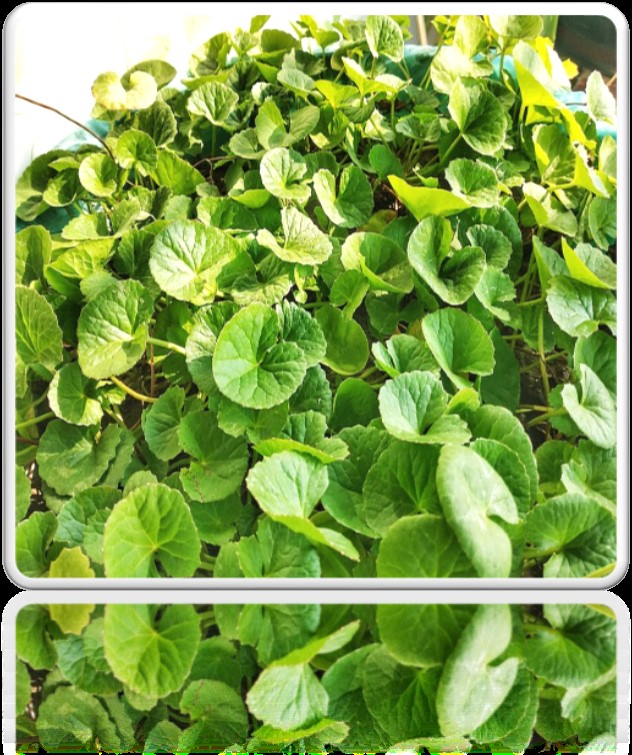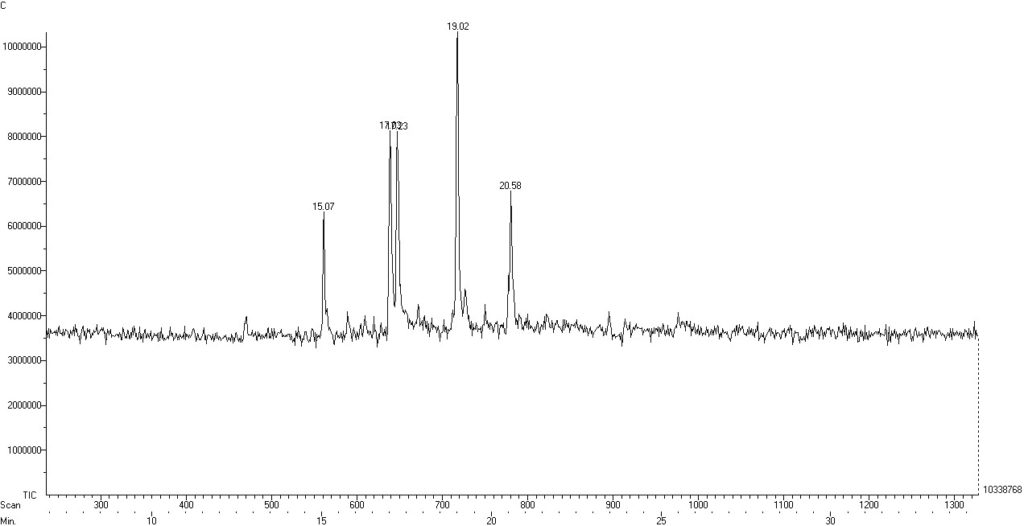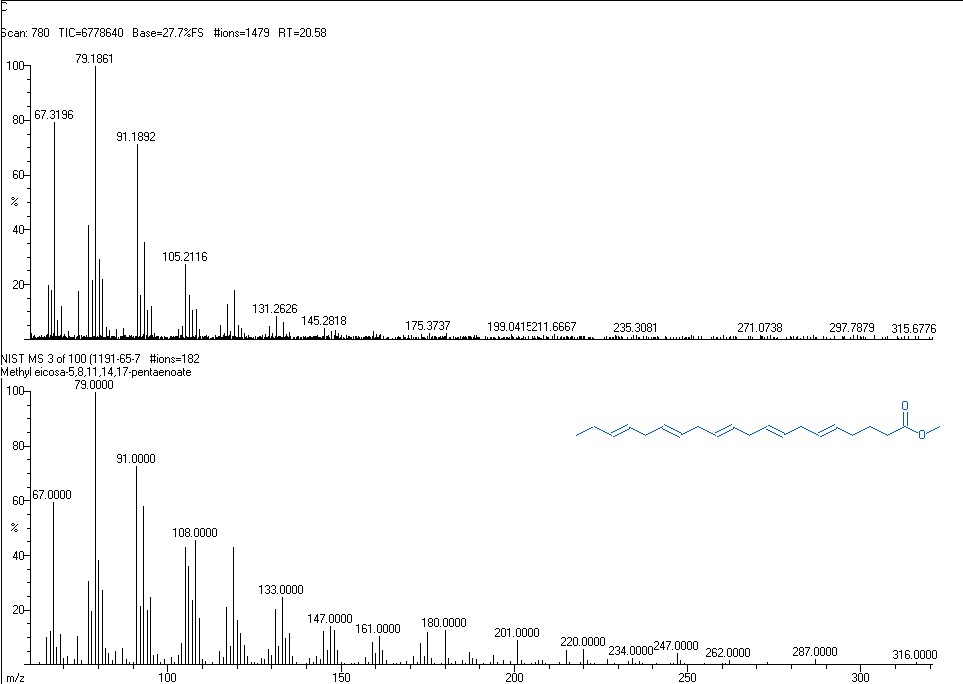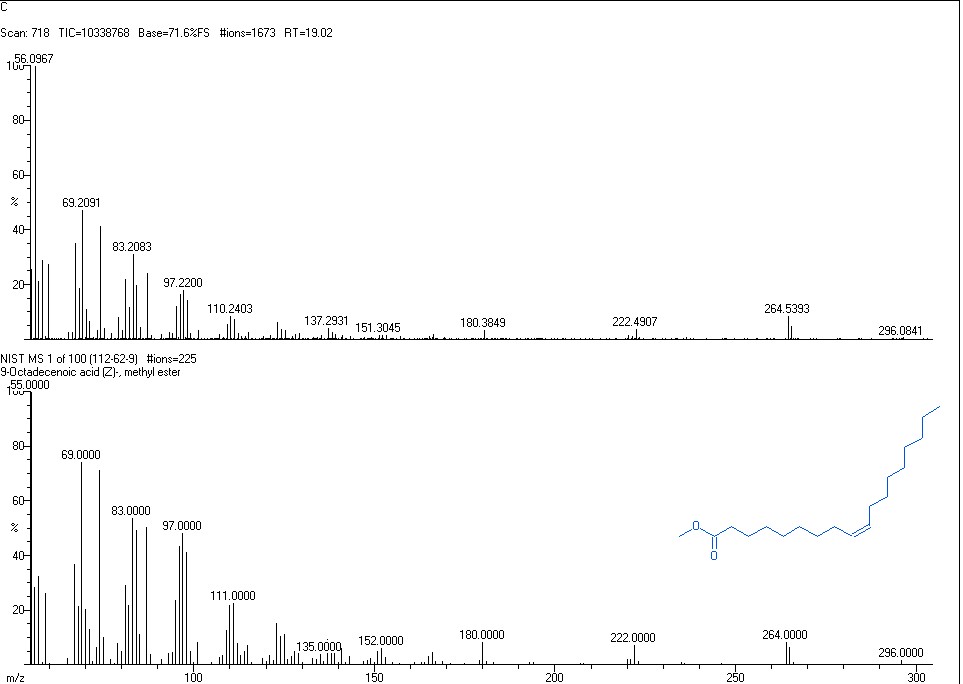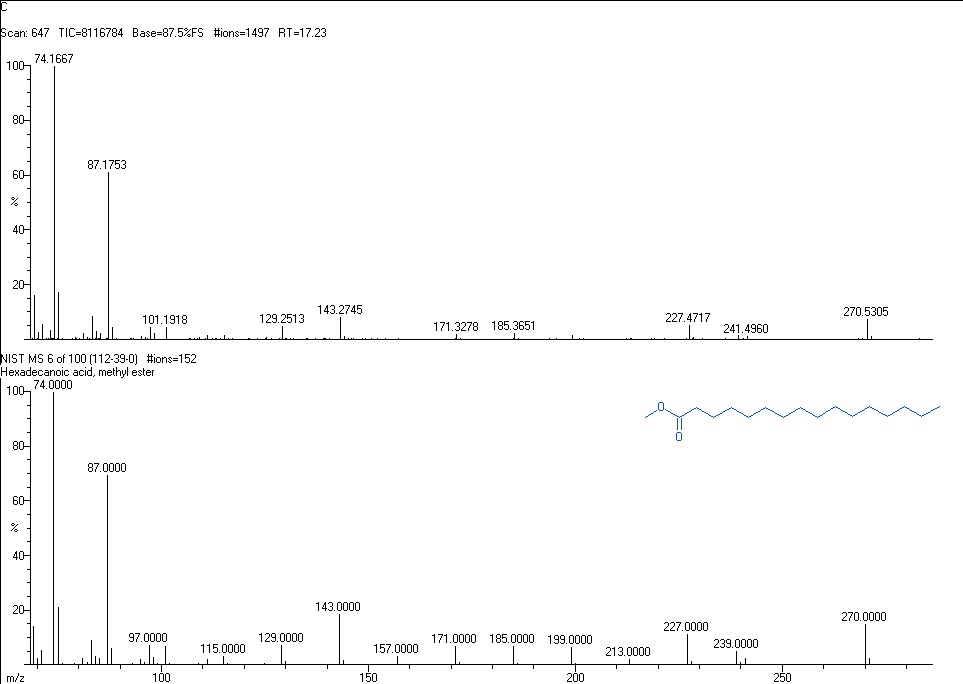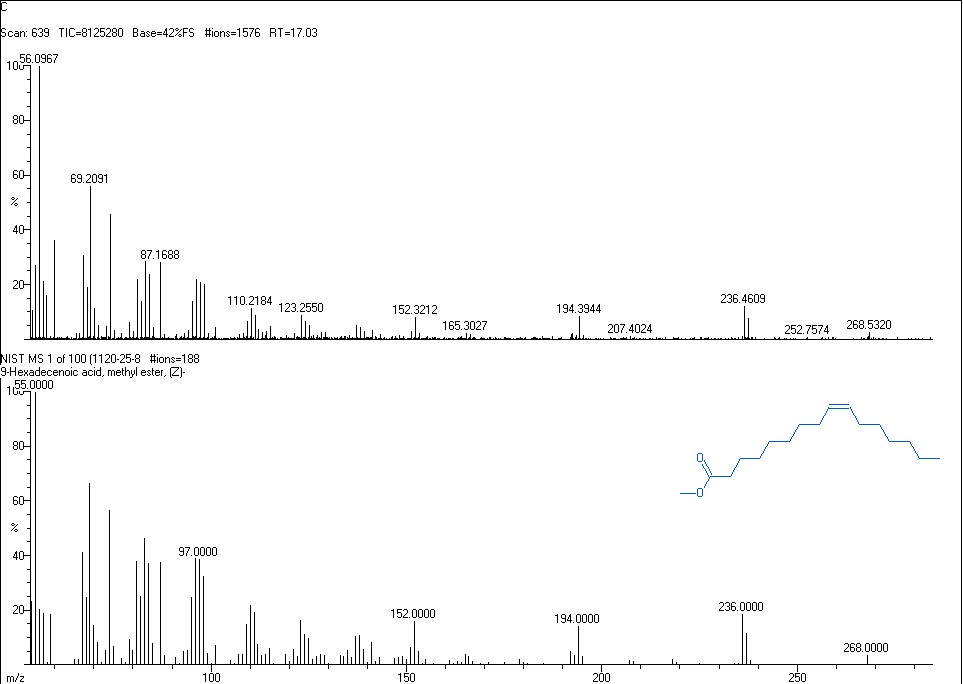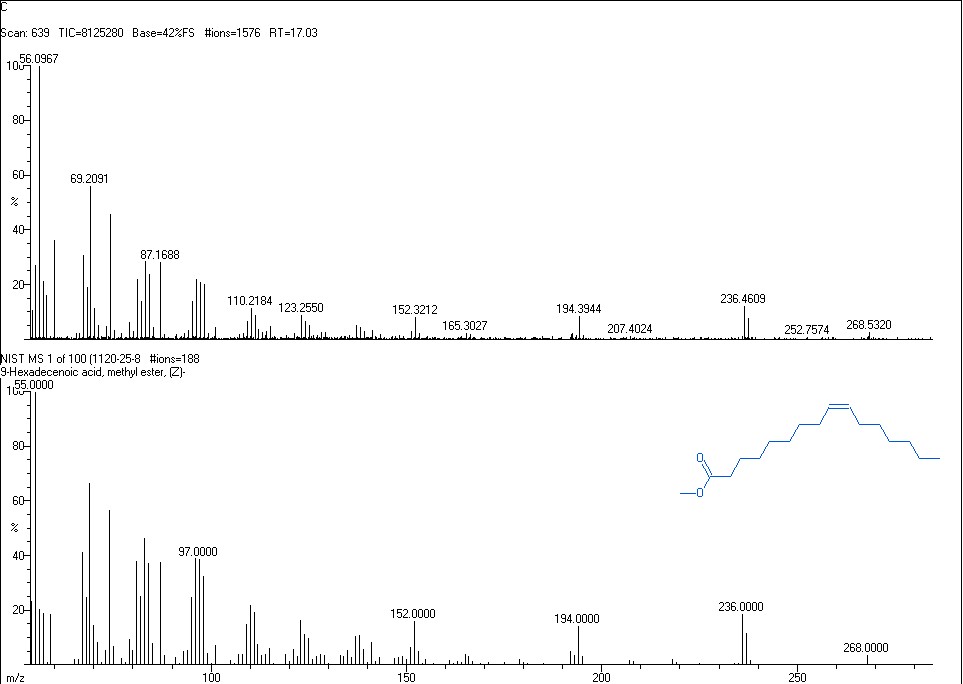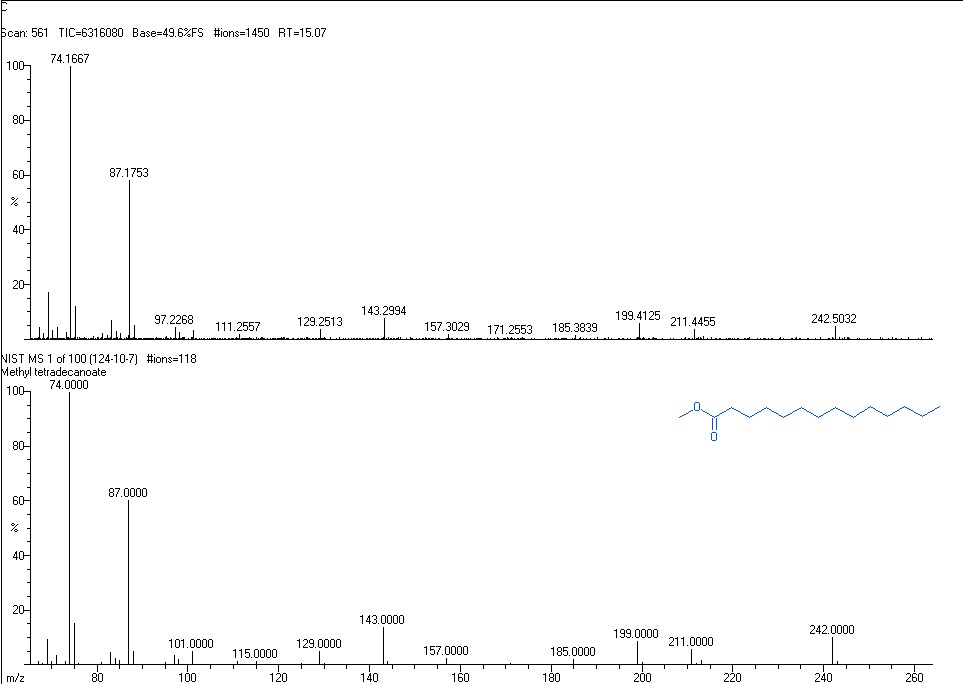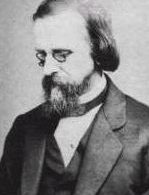ABSTRACT
Natural products are a source of new chemical diversity and are the choice of today’s medicinal World. The sources of natural products from plants, animals and other microorganisms. Among them, plants and their products are more reliable for their renewability and therefore, considered as catalyst for human welfare. India is one of the mega diversity hot spots with rich heritage of traditional knowledge of folk medicines. Therefore in India, plants of therapeutic potential are widely used by all sections of people both as folk medicines in different indigenous systems of medicine like Homoeopathy Siddha, Ayurveda and Unani and also as processed product in pharmaceutical industry. Medicines prepared from plants are widely used in Homeopathy also. India has about 4.5 million plant species and among them estimated 50, 0000 plant species, have been investigated phytochemically for biological or pharmacological activity. Still, a large number of higher plants as a source for new therapeutics are to be explored. The potential for developing phytomedicine into various health care products appears rewarding, both from the perspective of economy and safety. It is also noted that many plant extracts are quite effective than synthetic ones with no side effects. Very little scientific research on their biological activity has been worked out. In the Present study, the GCMS analysis of Centella asiatica was carried out to detect the active principle.
Keywords: Centella asiatica, Bioactive compounds, Phytomedicine, GC-MS, and Homeopathy.
INTRODUCTION
Centella asiatica is a very important medicinal herb, which is also becoming popular in the West [1]. It is commonly known as mandukparni and it has been used in Ayurvedic and traditional system of medicine. [2] The herb is also used by the people of Java and other Indonesian islands. Canella asiatica or Gotu kola should not be confused with kola nut as it does not contain any caffeine and has not been shown to have stimulant properties [3]. At present Centella asiatica and its extracts were incorporated into the Indian pharmacopeia, where in addition to wound healing. It is recommended for the treatment of various skin diseases such as leprosy, lupus, varicose ulcers, eczema, psoriasis, diarrhea, fever and diseases of the female genitourinary tract [4,5]. Nature provides a new opportunity to regain one’s full mental capacity[6]. A number of herbs traditionally employed in the Indian System of Medicine “Ayurveda” have yielded positive results [7].
Centella asiatica belongs to the family Apiaceae [8]. This herb is found almost all over the world, particularly during rainy season and in damp and marshy areas. It is a popular medicinal plant in several traditional systems of medicine [9]. In Indian system of medicine like Homeopathy, this is an important ingredient of several compound formulations used in the management of central nervous system, skin and gastrointestinal disorders [10]. It is considered as the best herb for improving memory and intellect. It belongs to the group of drugs known as medhya rasayanas (psychotropic drugs) and is also known as Brahmi [11]. The literal, meaning of the term. Brahmi is one which promotes the intellect and that is why many herbs with similar effects are known as Brahmi [12]. Centella asiatica is most often used to treat varicose veins and chronic venous insufficiency and in ointments to treat psoriasis and help heal minor wounds, because of its triterpenoid contents. Studies have also shown positive effects on anxiety and scleroderma [13,14]. According to the American Cancer Society, “Although at least one laboratory study of tumor cells showed reduced cell growth with gotu kola and available scientific evidence does not support claims of its effectiveness for treating cancer or disease in humans” [15, 16]. The drug produced from Centella asiatica has significant intellectual improvement in mentally retarded children [17]. Clinical trials conducted on normal adults showed that the drug increased the mean level of RBC, blood sugar, serum cholesterol, vital capacity and total protein [18, 19]. The increase in the hemoglobin percentage was quite high. The drug also decreased the mean blood urea level [20]. Centella asiatica also known as Hydrocotyle asiatica [21], was widely used in Homeopathy for the treatment of psoriasis. Dr. Andonit after doing a proving in 1857, introduced it in literature. Similarly, Dr, Bolin, used it in the treatment of leprosy [22]. According to warring, the drug was found effective against leprosy and secondary and constitutional syphilis.
The major principle chemical compounds in the plant are triterpenes, asiatic acid, madecassic acid, derived triterpene ester, glycosides, asiaticoside and madecassoside[23]. In order to find out the bioactive compounds the advanced phytochemical techniques of GCMS analysis was carried out in the present study
MATERIALS AND METHODS
Collection of plant material
The plant material was collected from the damp and marshy areas of Thamirabari River basin near Kuzhithurai, Kanyakumari District in Tamilnadu, India.
Habit: Centella asiatica
Preparation Leaf Powder
Fresh leaves of the plant Centella asiatica were collected and washed thoroughly under running tap water to be freed fully from foreign particles. Then the leaves were cut into small pieces and shade dried. The dried leaves were then pulverized to powder using a mechanical grinder and the powdered leaves were preserved in an airtight container to avoid the effect of humidity and then stored at room temperature.
GC-MS ANALYSIS
Sample preparation for GC-MS analysis
The powdered leaves of the plant were used for GC-MS analysis. For the Identification of bioactive components in plants, the extract was subjected to GC-MS analysis. The GC-MS is capable of injecting various kinds of samples such as microliter volumes of liquids, vapor from a headspace vial, or chemicals adsorbed on a Solid Phase Micro Extraction (SPME) fiber but only headspace analysis will be discussed since all other methods will not be used during this analytical class. There are a few guidelines on how a sample should be prepared for headspace GC-MS. All compounds must be volatile enough to pass through the chromatographic column when heated to 300°C. Non-polar compounds with up to 500 g/mol molecular weight and polar compounds with up to 300 g/mol molecular weight should make it through. Samples should NOT contain non-volatile salts or metals or polymers since these substances are harmful to the injector and/or subsequent injections. Samples should be prepared in high volatile solvents such as dichloromethane, hexane, or ether at a concentration of 1 mg to 10 mg samples per mL of solvent.
RESULTS
Gas chromatography and mass spectroscopy analysis of compounds was carried out in leaf extract of Centella asiatica The GC-MS graph of the plant Centella asiatica is shown in Figures 1. It showed the presence of 5 major components corresponding to the peaks were determined in the figure (1.a – 1.e). Centella asiatica have been reported to own a wide range of biological activities desired for human health such as wound healing, anti-inflammatory, antiulcer, hepatoprotective, anticonvulsant, sedative, immunostimulant, cardioprotective, antidiabetic, cytotoxic and antitumor, antiviral, antibacterial, insecticidal, antifungal, antioxidant, and venous deficiency treatments.
There can be intentional substitution with cheaper plant material. Mistaken identity due to multiple synonyms and local names often leads to wrong plant source being used in medicinal preparations. The true source of the crude drug in such case can be located only after detailed chemical and pharmacological studies. For example, detailed chemical investigation on Centella asiatica, described by the same vernacular name ‘Brahmi’ and easily substituted with one another, have revealed entirely different phytochemical composition. The former contains alkaloid Brahmine, Herpestrine and Bacoside A & B which have been found to have important action on brain function, while Centella asiatica contains asiaticoside, hydrocotyline, etc. which have hardly common relationship with the properties ascribed to the drug ‘Brahmi’. Moreover, there is a single plant that has different vernacular name and many herbs that have single vernacular name in different parts of India.The results pertaining to GC-MS analysis of the leaf powder of Centella asiatica lead to the identified number of bioactive compounds. On comparison of the mass spectra of the constituents with the NIST library the 16 phytochemical constituents were characterized and identified Table 3.
Table 1.Phytochemical constituents of Centella asiatica
| Sl. No. | Name of the compounds | Retention Time |
| 1. | Methyl tetradecanoate | 15.07 |
| 2. | 9-Hexadecenoic acid, methyl ester, [Z] | 17.03 |
| 3. | Hexadecanoic acid, methyl ester | 17.23 |
| 4. | 9-Octadecenoic acid[Z]-,methyl ester | 19.02 |
| 5. | Methyl eicosa-5,8,11,14,17- Pentaenoate | 20.58 |
DISCUSSION
The GC-MS spectrum confirmed the presence of various components with different retention times. The mass spectrometer analyses the compounds eluted at different times to identify the nature and structure of the compounds. The large no of compound fragments into small compounds giving rise to appearance of peaks at different m/z ratios. These mass spectra are fingerprint of that compound which can be identified from the data library. GC-MS is one of the best techniques to identify the constituents of volatile matter, long chain, branched chain hydrocarbons, alcohols, acids, esters etc. The GC-MS analysis of Centella asiatica leaves revealed the presence of five bioactive compounds it has also found that same phytochemical constituents were found in the plants Centella asiatica and it reveals similar pharmacological activities. The plant has the memory enhancement activity and we can ensure by the phytochemical constituents present in the plants.
CONCLUSION
Medicinal plants are part and parcel of human society to combat diseases from the dawn of civilization. In developing countries like India, different plant species are explored by ethnic societies, exploiting them for treatment of various diseases and disorders [21]. According to World Health Organization (WHO), medicinal plants would be the best source to obtain variety of drugs. About 80% of individuals from developed countries use traditional medicines, which has compounds derived from medicinal plants. However, such plants should be investigated to better understand their properties, safety, and efficiency. Efforts in this regard have focused on plants because of their use historically and the fact that a good portion of the world’s population relies on plants for the treatment of infections and non-infectious diseases. This study has revealed that the plant Centella asiatica is found to have a better level of memory enhancement activity Further GC-MS analysis of this sample has established the presence of five bioactive components. The presence of various bioactive compounds justifies the use of Centella asiatica for various human ailments by traditional practitioners. Centella asiatica decreases blood pressure to reduce anxiety and stimulates production of neurotransmitter Centella asiatica generally increases mental function. And also it is a right step in the direction of searching for novel and more effective Gas chromatography and mass spectroscopy analysis which showed the existence of various compounds with variable chemical structures. However, the isolation of individual phytochemical constituents and subjecting it to biological activity will definitely give effective results. So it is recommended as a plant of phytopharmaceutical importance. However, further studies will need to be undertaken to ascertain fully its bioactivity, toxicity profile, effect on ecosystem and agriculture products.
Acknowledgements
The authors are thankful to the Department of Research, Sarada Krishna Homoeopathic Medical College, Kulasekhram, Kanyakumari District, Tamilnadu, for their valuable guidance, constant encouragement and providing basic facilities throughout the study.
REFERENCES
- Sofowora, 1993. Medicinal plants and Traditional Medicine in Africa. Spectrum Books Ltd; 62: 191 – 289.
- Mojab, F., Kamalinejad, M., Ghaderi, N., Vonidipur, H.R., 2003. Phytochemical screening of some species of Franian plants. Iron. J. Pharm; 3:77-82.
- R.N. Chopra, S.L Nayer, I.C. chopra, 1992. “Glossary of Indian Medicinal plants”; 2:66-74.
- Howes MJR, 2003 Houghton P. Plants used in Chinese and Indian traditional medicine for improvement of memory and cognitive function. Pharmacology Biochemistry and Behavior; 75(3):513–527.
- Tenni R, Zanaboni G, De Agostini MP, Rossi A, Bendotti C, Cetta G,1988. Effect of the triterpenoid fraction of Centella asiatica on macromolecules of the connective matrix in human skin fibroblast cultures. Italian Journal of Biochemistry;37(2):69–77
- Shetty BS, Udupa SL, Udupa AL, 2008. Biochemical analysis of granulation tissue in steroid and Centella asiatica (Linn) treated rats. Pharmacologyonline; 2:624–632.
- P.N.Prasad., E.K.Janaki ammal, 1985. Comosomal count Centella asiatica Linn (Urban). Current Science.54 (14):706-707.
- George M, Joseph L, 2009. Ramaswamy Anti-allergic, anti-pruritic, and anti-inflammatory activities of Centella asiatica extracts. African Journal of Traditional, Complementary and Alternative Medicines; 6(4):554–559.
- Sudha S, Kumaresan S, Amit A, David J, Venkataraman BV, 2002. Anti-convulsant activity of different extracts of Centella asiatica and Bacopa monneria in animals. Journal of Natural Remedies; 2(1):33–41.
- Wang XS, Dong Q, Zuo JP, Fang JN, 2003. Structure and potential immunological activity of pectin from Centella asiatica (L.) Urban. Carbohydrate Research; 338(22):2393–2402.
- Gnanapragasam A, Kumar Ebenezar K, Sathish V, Govindaraju P, Devaki T,2004. Protective effect of Centella asiatica on antioxidant tissue defense system against adriamycin induced cardiomyopathy in rats.Life Sciences; 76(5):585–597.
- Wongfhun P, Gordon MH, Apichartsrangkoon A, 2010. Flavour characterisation of fresh and processed pennywort (Centella asiatica L.) juices. Food Chemistry; 119(1):69–74.
- Orhan G, Orhan I, Şener B, 2006. Recent developments in natural and synthetic drug research for Alzheimer’s Disease. Letters in Drug Design and Discovery; 3(4):268–274.
- Sondhi N, Bhardwaj R, Kaur S, Chandel M, Kumar N, Singh B,2010. Inhibition of H2O2-induced DNA damage in single cell gel electrophoresis assay (comet assay) by castasterone isolated from leaves of Centella asiatica. Health; 2(6):595–602.
- Chaudhuri S, Ghosh S, Chakraborty T, 1978. Use of a common Indian herb “Mandukaparni” in the treatment of leprosy. (Preliminary report) Journal of the Indian Medical Association; 70(8):177–180.
- Rumalla CS, Ali Z, Weerasooriya AD, Smillie TJ, Khan IA, 2010. Two new triterpene glycosides from Centella asiatica. Planta Medica; 76(10):1018–1021.
- Subban R, Veerakumar A, Manimaran R, Hashim KM, Balachandran I, 2008. Two new flavonoids from Centella asiatica (Linn.). Journal of Natural Medicines; 62(3):369–373.
- Wang XS, Duan JY, Fang JN, 2004. Structural features of a polysaccharide from Centella asiatica. Chinese Chemical Letters; 15(2):187–190.
- Govindan G, Sambandan TG, Govindan M, 2007. A bioactive polyacetylene compound isolated from Centella asiatica. Planta Medica; 73(6):597–599.
- Khare C P, 2006. Indian Medicinal Plants, an Illustrated Dictionary.Springer,2(1):136-137
- DiCarlo F J , Haynes L. J, Silver N. J, Phillips GH1964 Reticuloendothelial system stimulants of botanical origin journal of the Retioculoendothelial Society1:224
